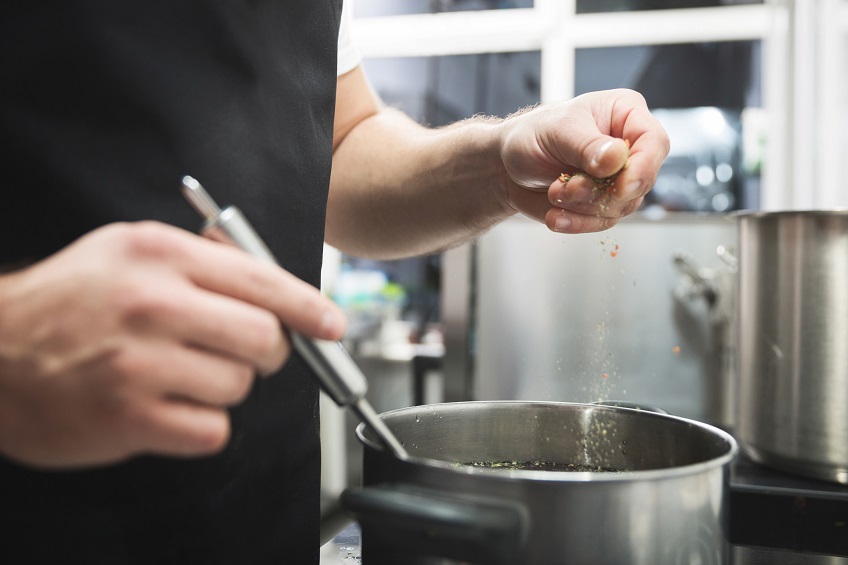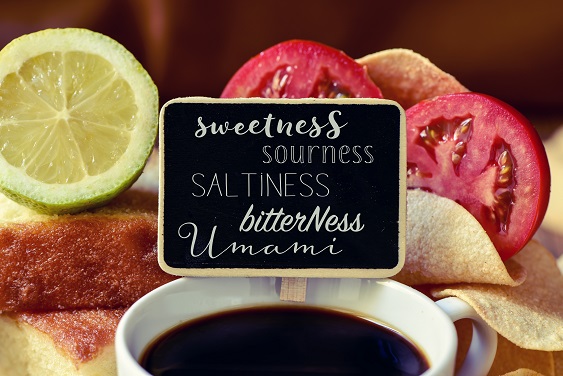
The phrase “season to taste” is about as common in recipes as “serve immediately and enjoy!” Yet season to taste may seem like a lazy way to write a recipe without having to measure the salt and pepper.
For years I would write season to taste or “TT” by the salt in my recipes (meaning “to taste”). I thought it was the best way to write a recipe as people have different salt tolerances and we chefs tend to put a bit more salt in our food than others.
Over the years, I started to replace this with actual measurements for salt and pepper hoping that others shared my idea of what the perfect amount of salt and pepper should be. In talking with people who made my recipes, I learned that they tended to use my measurements as a guide as opposed to a precise measurement. So, despite my measurements they were essentially seasoning to their taste.
 One part of “season to taste” that has always intrigued me is that it is limited almost exclusively to salt and sometimes to pepper. Occasionally, measurements for spicy ingredients like chile may have a footnote that more or less can be added based on one’s tolerance for fiery hot. I have never seen a recipe that lists the amount of thyme or carrots as “to taste.”
One part of “season to taste” that has always intrigued me is that it is limited almost exclusively to salt and sometimes to pepper. Occasionally, measurements for spicy ingredients like chile may have a footnote that more or less can be added based on one’s tolerance for fiery hot. I have never seen a recipe that lists the amount of thyme or carrots as “to taste.”
The point is that every component in a recipe is part of its overall taste and each ingredient can be modified per taste preferences. Aside from baking and pastry recipes that often require precision measurements, most kitchen recipes are a suggestion or road map that is always open for interpretation.
Liberating yourself from the need to follow a recipe to the letter opens up a world of variation, creativity, and experimentation. In that respect, season to taste really applies to every ingredient.
The more common use of “season to taste” refers to a last-minute adjustment in a recipe’s overall taste profile. Most often it consists of a sprinkle of salt or a grind of the pepper mill. But this last-minute improvement should not be limited to salt and pepper. Perhaps a few drops of lemon juice or vinegar could add some needed acidic brightness. Maybe a touch of sugar, honey, or molasses could contribute better balance or a more complete flavor profile.
Umami for Memorable, Craveable Food
Umami should also be part of the last-minute flavor analysis as it is such a powerful tool to create memorable, craveable food. Umami contributes a lasting, deep and satisfying taste like the bass note in music that supports the rest of the melody. A last-minute sprinkle of soy sauce, a touch of miso, or a bit of any umami-rich food adds umami and other interesting flavors.
 Perhaps the fastest and easiest way to up the umami is with a sprinkle of MSG. MSG is pure umami without any other additional flavors. It dissolves instantly so you can see its effects instantaneously. Using MSG is also a great way to reduce the salt that is sprinkled in at the last minute. Replacing some of the salt with MSG reduces sodium and creates a satisfactory balance of umami and salinity. Personally, I like to replace the salt with a mixture of 2/3 salt and 1/3 MSG – which reduces by sodium by 25%.
Perhaps the fastest and easiest way to up the umami is with a sprinkle of MSG. MSG is pure umami without any other additional flavors. It dissolves instantly so you can see its effects instantaneously. Using MSG is also a great way to reduce the salt that is sprinkled in at the last minute. Replacing some of the salt with MSG reduces sodium and creates a satisfactory balance of umami and salinity. Personally, I like to replace the salt with a mixture of 2/3 salt and 1/3 MSG – which reduces by sodium by 25%.
So, go ahead and season to taste. Season comprehensively by thinking about umami, salt, sweet, acid, and maybe even bitterness levels. It will make your food taste more delicious, more balanced, and more complete. And, you may even cut back a bit on your sodium consumption. It’s win-win!

